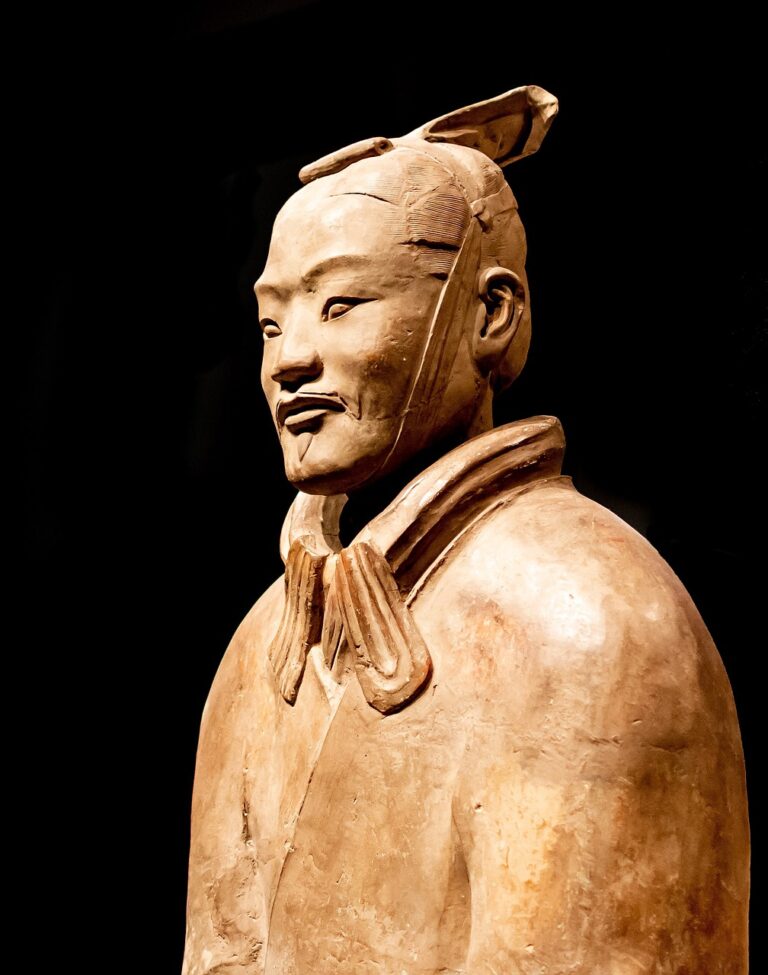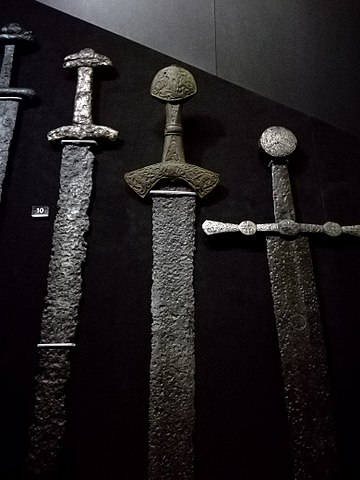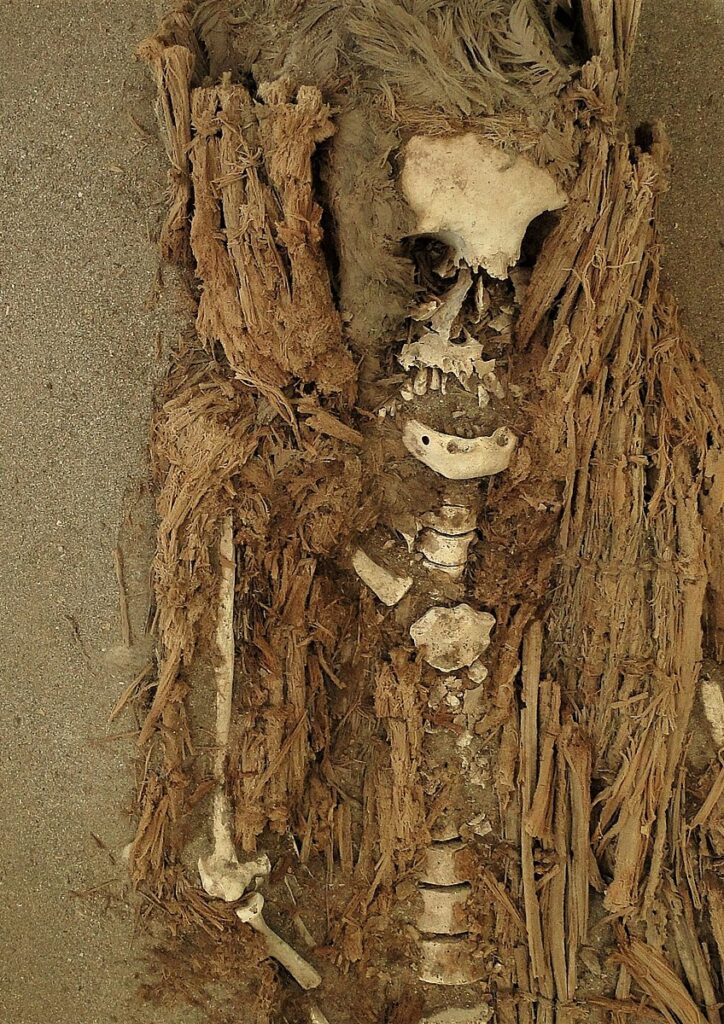Enjoy Reading About Baffling Ancient History?
Over 2,000 years ago these Chinese warriors were individually made for the Emperor’s tomb. Each was an individual with different features.
What had that one on the left wanted out of life? Was he good at being a killer or did he want to go home to a new wife he never got to see again because the guy on the right killed him in a drunken brawl on the campaign? Did his son grow up to murder the killer’s entire family? Or did he marry the killer’s daughter and go off to make a fortune selling spices to the Arabs?
I love these kinds of questions and resulting stories. Especially when they are based on a shred of fact.
If you do too, then this FREE newsletter and the Celeste Acton series may be a delight.
Below is a sample of the types of articles I unearth for all of us history/mystery nerds. Come join us!



Analysis of ancient DNA found in Finland has unveiled a surprise a century later – the remains of an early medieval warrior thought to be female may have been nonbinary.
The new findings challenge previous ideas about gender roles and expression and suggest that nonbinary people were valued and respected members of their communities, researchers concluded in their study, published in the peer-reviewed European Journal of Archeology.
The findings are a reminder that “biology does not directly dictate a person’s self-identity,” said the study’s lead author and an archaeologist at Finland’s University of Turku.
Archaeologists first discovered the grave in 1968. Located in Suontaka Vesitorninmäki, southern Finland, the remains were buried alongside a sword and jewelry such as brooches and found in fragments of woolen clothes — which were “a typical feminine costume of the era,” the researchers said.
Tidbits

Originally from National Geographic
This article is haunting. What happened to the child here?
More than 10,000 years ago, a woman or young man—a toddler balanced on one hip—set out on a harried trip northward through what is now White Sands National Park, New Mexico.
Rain may have pelted the traveler’s face as their bare feet slid on the mud. They paused to briefly set the toddler on the ground before pressing on; a wooly mammoth and giant sloth ambled across their freshly laid tracks.
Several hours later, the traveler followed the same route south, this time empty-handed.

Thought the Egyptians had a corner on the creation of mummies for the afterlife?
Take a fresh look. And cast your eyes to, of all places, South America. When I was growing up they had decided nobody had even gotten to the continent that early. New evidence has changed all that!
The Chinchorro mummies are mummified remains of individuals from the South American Chinchorro culture, found in what is now northern Chile.
They are the oldest examples of artificially mummified human remains, having been buried up to two thousand years before the Egyptian mummies.
Although the earliest mummy that has been found in Egypt dated around 3000 BCE,[1] the oldest anthropogenically modified Chinchorro mummy dates from around 5050 BCE.
